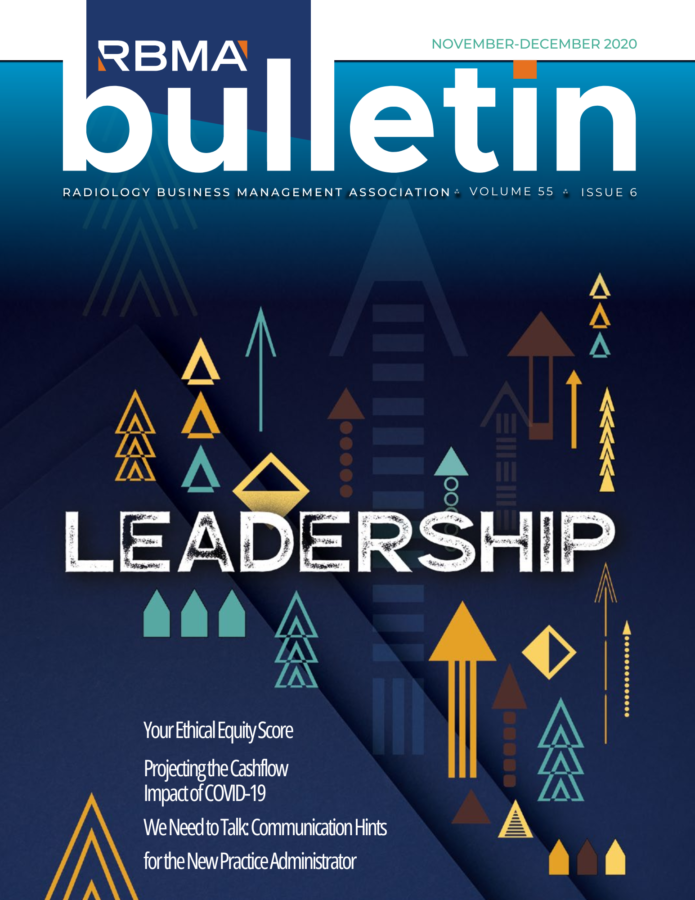Employees leave. It is a given in any industry, and turnover is something all business leaders must learn to manage. The cause, whether culture or compensation, a medical or maternity absence, or a COVID furlough, produces a profound impact. When an employee leaves, the projects they were working on may become stalled, more costly to continue, change direction, or abandoned entirely. Management is about strategy. Learning how to be prepared before an employee leaves and how to pick up the pieces once they do is an opportunity you can face head-on.
Jocelyn Rossi, marketing coordinator, Reno Diagnostic Centers, said, “In my experience, turnover in health care is part of the industry (along with the staff that stays with an organization for a lifetime). In marketing, there are challenges with staff turnover and slowing the workflow process. New ideas come into play, and concepts may evolve, causing pivots in design, messaging, and overall themes. Things ultimately get done, though it may end up costing more than planned and take longer.”
Information goldmine
While emotions may be running high at the time of an employee’s departure, try to capitalize on the importance of an exit interview. In this process, you glean the necessary information to keep calm and move on. Focus on gathering project status notes, logins, and information about contracts or print jobs that may be underway. If you are not already, this would be a great time to start using project management software like Trello or Teams to manage all project-related information. Rachel Bergmann, director of Marketing and Professional Relations, Gem State Radiology, has experienced information gaps first-hand. She and her team work closely with their partner hospitals in various capacities, especially when it comes to IT and PACS related projects. “At the beginning of the pandemic,” she said, “we saw rolling furloughs and layoffs in these departments that directly affected the projects and teams responsible for getting tasks done.” Rachel went on to explain that the impacts on their team varied. When a layoff occurred, they scrambled to find another person in the group to pick up the task. “Additionally, with the limited staff remaining, priorities were shifted, which added another layer to the delays,” Rachel said.
New direction
There are times when turnover presents new opportunities. Bringing someone new on board can inject a new level of energy into the team or offer a valuable skill that may have gone unnoticed. It can also be an opportunity to allow someone internal to pivot—to grow and learn more and take on that role. Mark Pavlakovich, business development with Medinformatix, Inc., shared that he has found everyone has positives and negatives. Sometimes, marketing is focusing on a particular area, not because it’s the best area for the company, but because the person in that role has a strength in that area. “For example, a person on our team had strength in event planning and organization and performed this piece exceptionally well, but other parts faded. When that person leaves, you can see the gaps more clearly and realize there’s an area that was lacking – not because it was difficult or time-consuming, but simply because it wasn’t the natural bent of the person who held that position,” said Mark. Seeing that a new direction exists, you can now better apply resources to help in appropriate areas.
Preventative measures
It’s worth saying again: employees will leave. Keeping this in the back of your mind will help you become positioned for the best marketing management outcome. Jerry Hay, a professional business coach and a proponent of emotional intelligence (EQ) in business, believes that when EQ is present blind spots will be uncovered. “Leaders with EQ can make observations and pick up on clues that will prevent a crisis,” Jerry said. In the case of turnover, whether related to the pandemic or otherwise, communication remains the key. In hindsight, Rachel said that if they’d known that these furloughs and layoffs were on the horizon, they could have adjusted their expectations and timelines accordingly. “We would have done some pre-planning to help train additional individuals on these specific skills so that we weren’t caught unprepared,” Rachel said.
Want to read on the go? Download the PDF from RBMA by clicking HERE.
